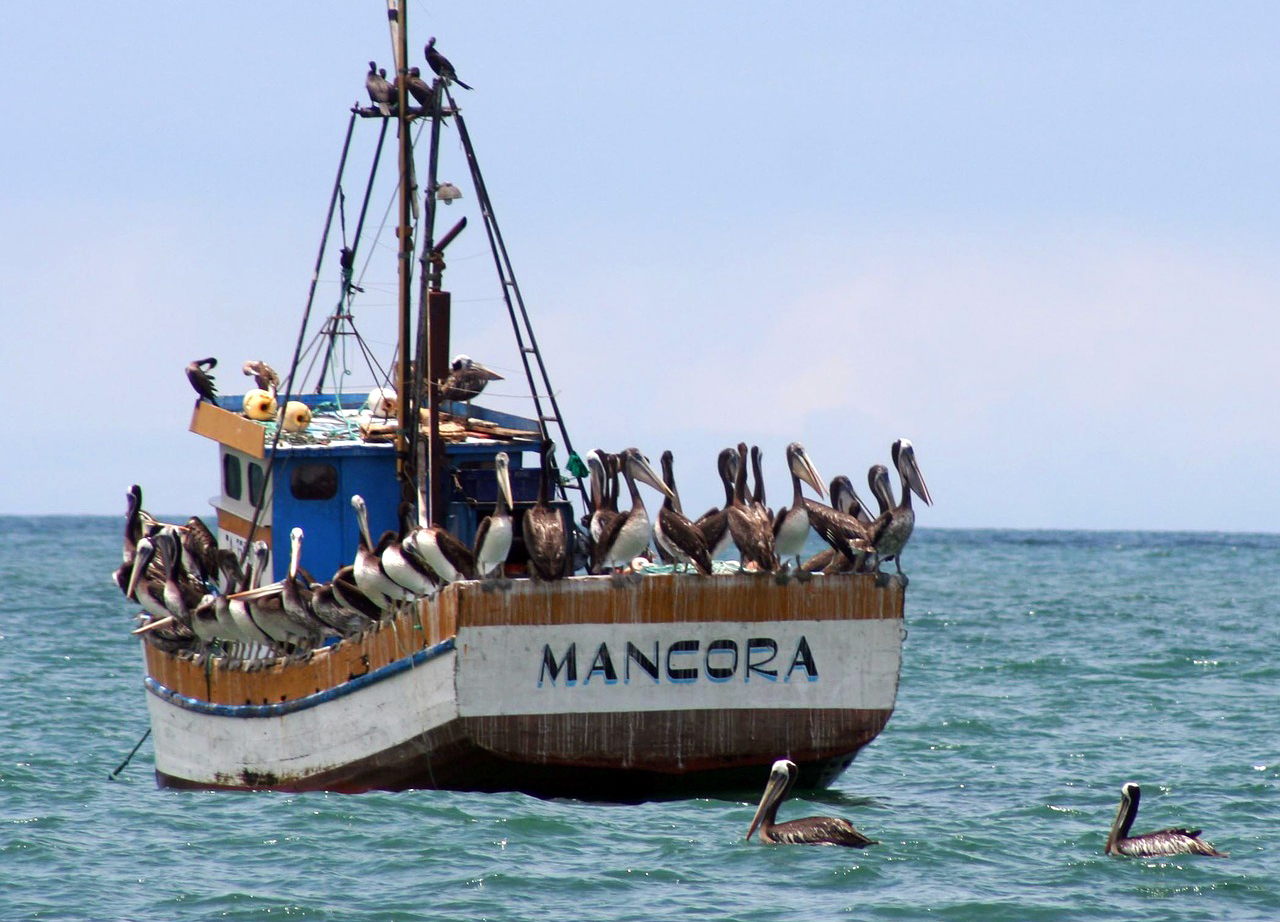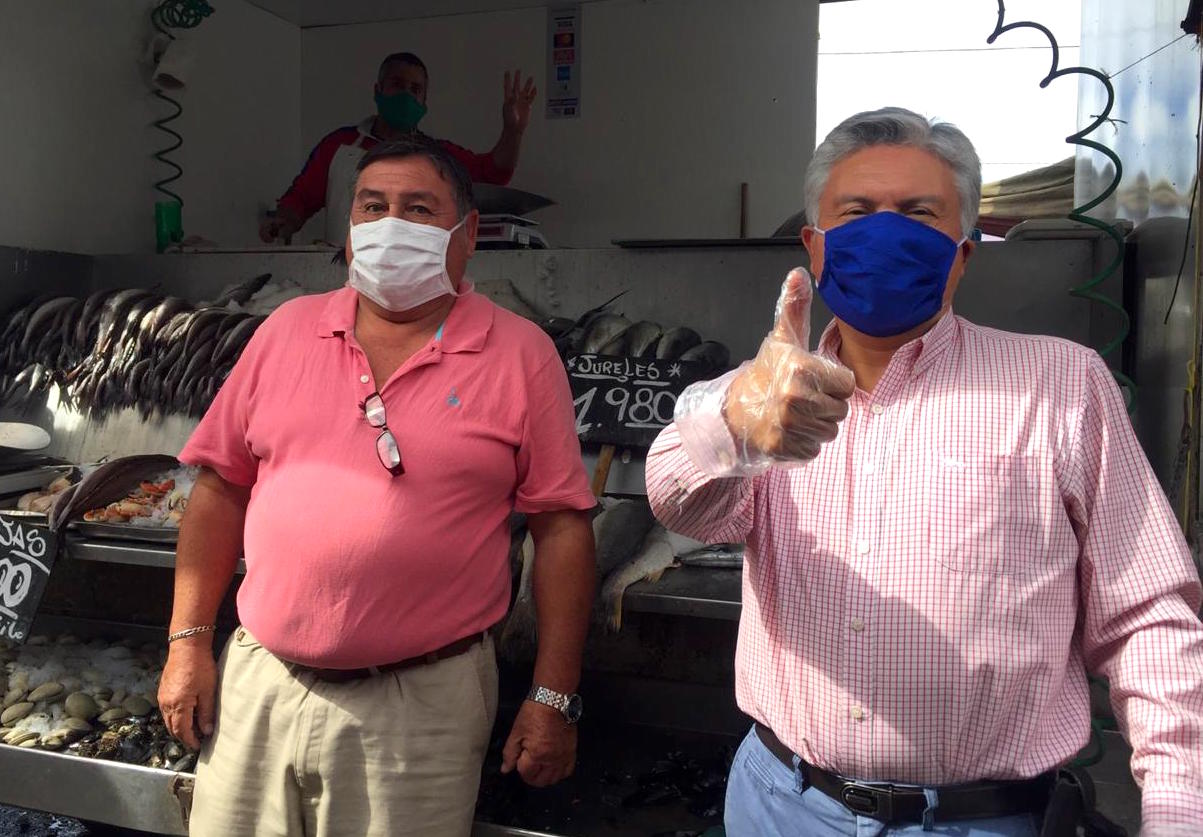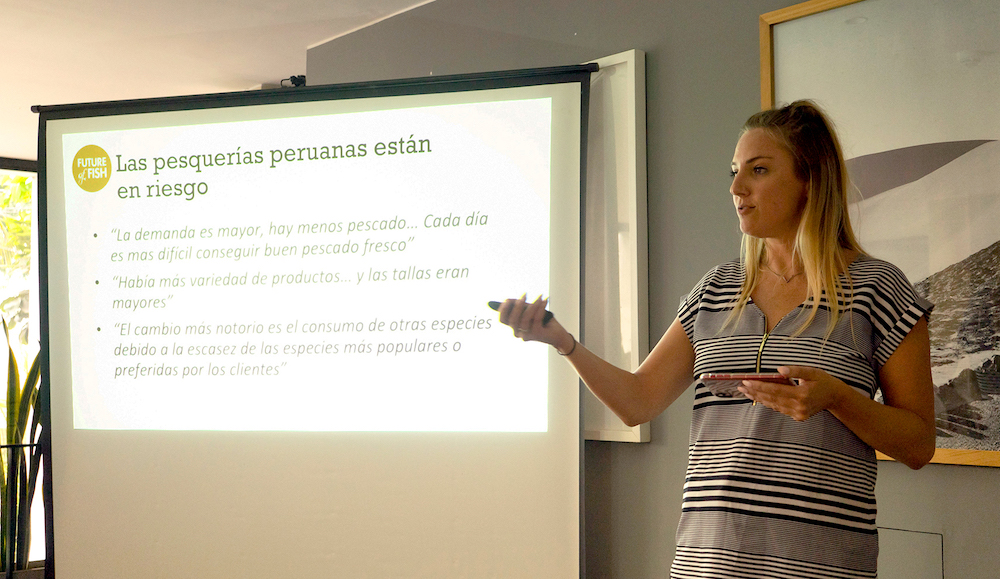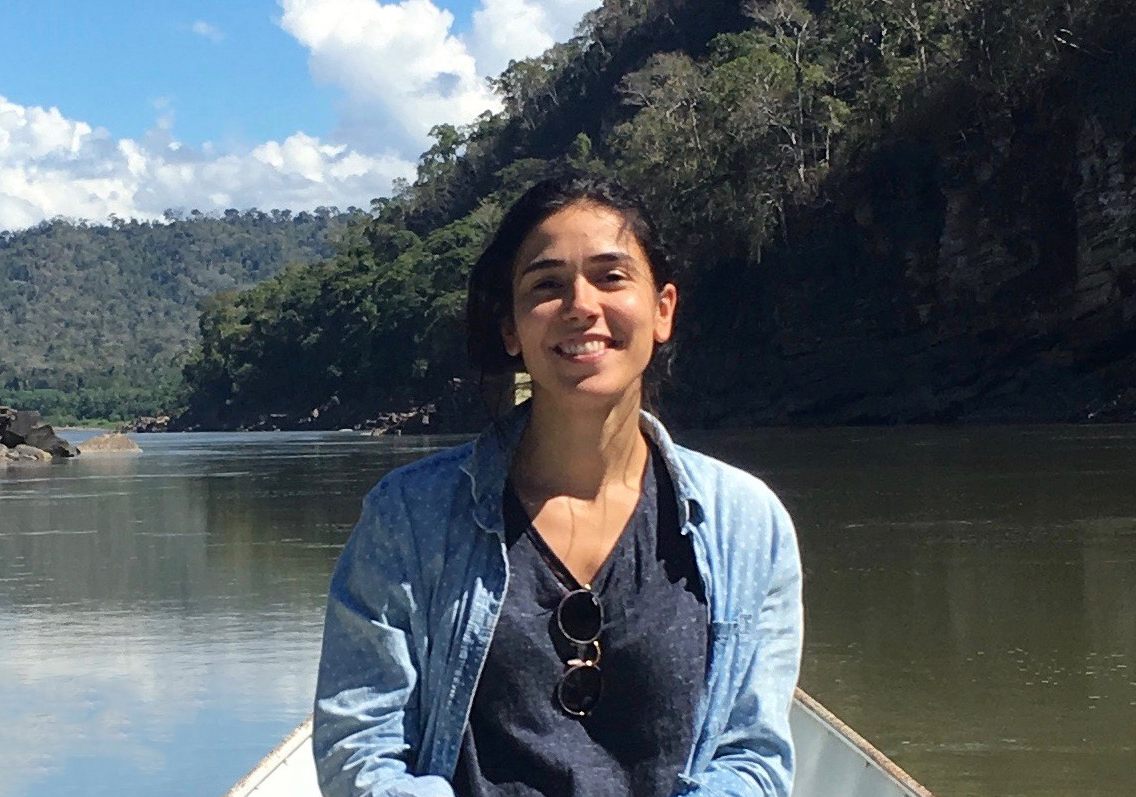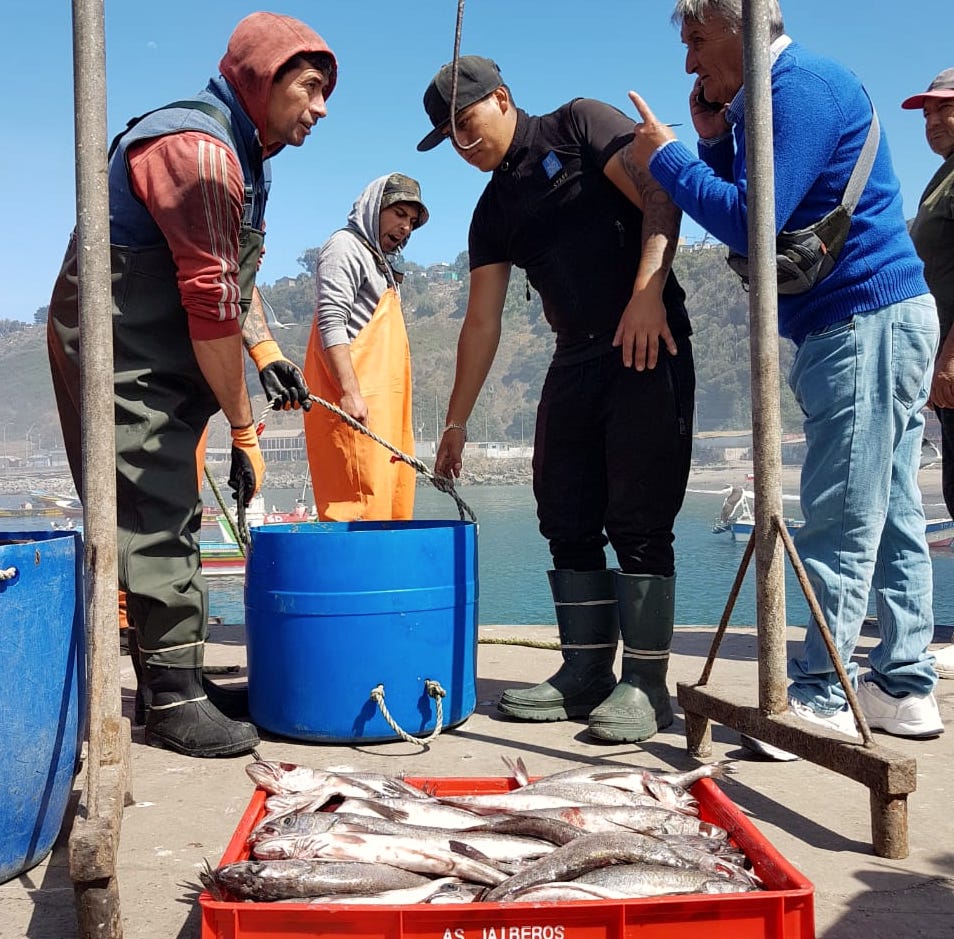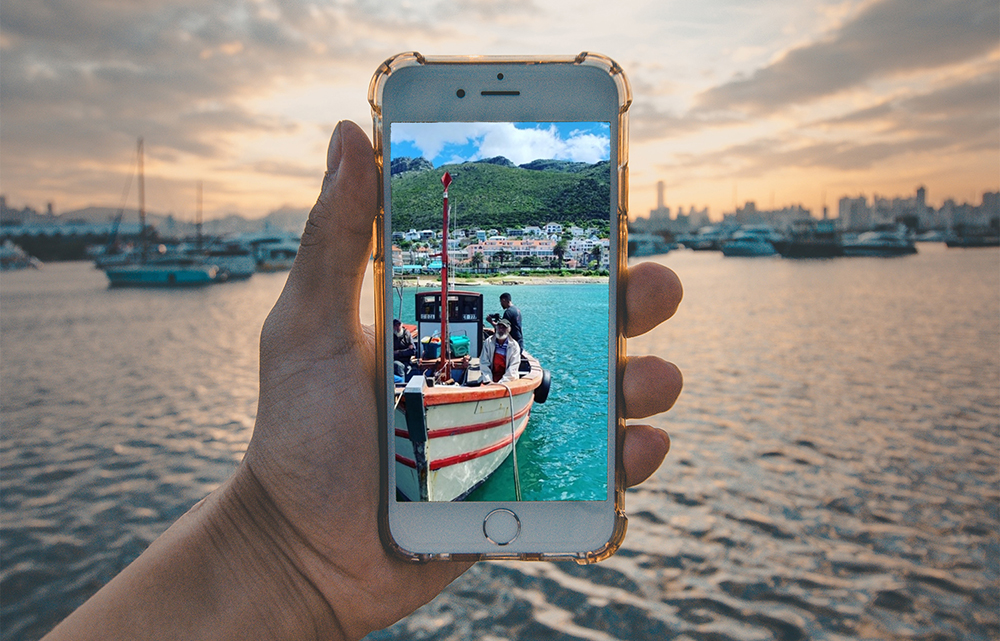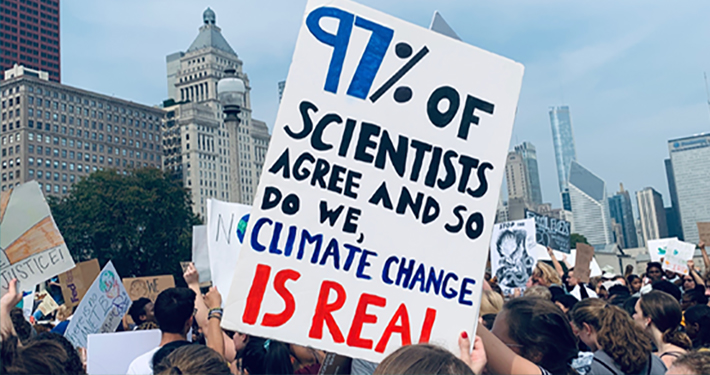Fish Story: Patricia Purizaca
Historias de pesca: Patricia Purizaca (Versión en Español más abajo) Máncora is a seaside town in the Piura region of northern Peru. With a population of 12,899 inhabitants, it is a beautiful resort town as well as a bustling fisherman's cove. In recent years, it has become a popular beach destination visited by Peruvian and foreign surfers alike due to its great waves, which has led to high tourism demand in the region. It is here that we find Patricia, a merchant and cook.…


